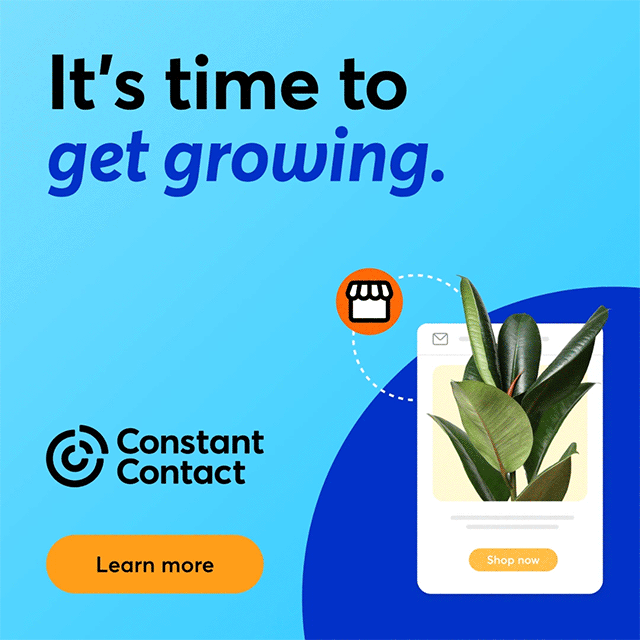 Disappointing headlines aren't good for anyone’s business, particularly people who blog, write, and rely on social media to market their expertise. I imagine this went through the minds of fight fans during the recent Mayweather vs. Pacquiao championship fight in Vegas.
Disappointing headlines aren't good for anyone’s business, particularly people who blog, write, and rely on social media to market their expertise. I imagine this went through the minds of fight fans during the recent Mayweather vs. Pacquiao championship fight in Vegas.
As we’ve said here before, “It’s All About Good Solid Content,” so today we’re going to zero in on the headline.
Twitter Is Finally Allowing Desktop Users to Punch Up Headlines
I’ve been thinking about headlines recently because Twitter has finally allowed us to do what their app competitors have permitted for years: rewrite headlines before retweeting.
I like to adjust headlines when I retweet something. I often use Twitter right from my desk during the course of the workday. I've developed a great list of people to follow and frankly, it was annoying to copy and paste items I wanted to retweet but not verbatim. I didn't have to do this when I tweeted from my tablet or phone.
So why was Twitter being such a Pacquiao about this? I don’t know, but about a month ago, voilà! I could suddenly create my own retweet headlines. I've already noticed this has helped more of my tweets and retweets get retweated again and favorited.
Headlines Should be Attention Grabbers
Back to the fight: a lot of people knew about it. The promoters did a great job to position it as the Fight of the Century. Even people who don’t pay attention to boxing had to notice it because it became the news, not just in sports but in headline news as well. It demanded attention.
Headlines should be bold enough to make your readers pause. Make sure your headline is bold, and not just in terms of the font style. It should be an attention-grabber to stand out from the other stuff people scroll by on their feeds and news on Twitter, LinkedIn, Facebook, and in the email you send them. It should be aggressive enough to demand their attention without turning them off.
Think about the 2 – 2 – 2 Rule that says when you write a headline or subject line you have 2 seconds to get my attention. The second 2 is for the first 2 words of your headline or subject line. These are the two words that should convince me to read the rest of your headline or subject line. Not your blog post or email, just the rest of your headline or subject line. And the third 2 is for why does what I’m about to read matter today? What’s the urgency here?
I kept hearing about the fight’s “headliners,” as I rewrote Twitter headlines. It sent me to check out the articles I bookmark for ideas to write about to see if I had anything on creating good headlines. Sure enough, Social Media Examiner talked about this a couple of months ago. Here are the main points from its article:
- Demonstrate the value of what you have to offer. Putting numbers and statistics in a headline is a good way to grab audiences who prefer facts over ideas.
- Write something inspirational. This is good for blogs offering ideas, advice, or instruction to spur people into action. Such as, punching up headlines.
- Answer a Question. I've said many times how customer emails are a great source for topics. If someone has asked a question, it’s probably something others are wondering about as well. An unusual question may turn into an interesting blog post or comment in an email newsletter others will want to read.
- Be accurate. SME borrowed Headline Rules from Upworthy I think are worth repeating :
- Don’t bum people out, which will happen if your headline is misleading. This is what upset boxing fans—they didn’t get what they were told to expect. Google will also ding you for using blackhat techniques if you use misleading headlines.
- Don’t give everything away in the headline.
- Use appropriate language. You don’t want to anger or embarrass your audience.
Use Subheaders to Introduce Basic Points
Don’t forget to use h2 and even h3 header tags to help with browsing. They help readers determine if your article is worth more than 10 seconds of their time.
I also suggest relying more on h3 subheaders as you start to adapt your content for customers who search and read on smartphones. These people will do more scrolling and will need more white space to keep them focused on your content.
With some experts advising you to write blog posts as long as 700 words, h3 headers may be necessary to further break up your content into chunks for mobile readers.
Do you have anything to add to this story? If so, leave it in the Comments below.
This post originally appeared on socialmediatoday.com.







